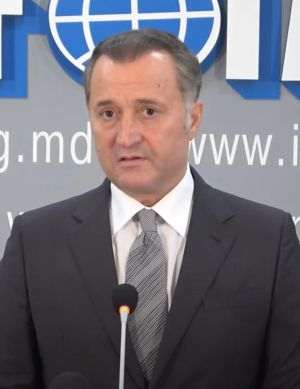The Flex (Fluorescence Explorer) satellite, built by the Thales Alenia Space (TAS) group, is due to be launched on September 1, 2026 from Kourou, French Guiana, aboard a Vega-C rocket. The project is being carried out as part of the European Space Agency (ESA) missions. Flex will measure the red fluorescence emitted by plants during photosynthesis, a signal invisible to the human eye. This technique allows the health of vegetation to be assessed before plants show visible signs of stress caused by lack of water, extreme temperatures or mineral deficiencies, informs AFP.
• Importance for the environment and agriculture
By monitoring photosynthesis, the satellite will contribute to a better understanding of the role of vegetation in the absorption of carbon dioxide - one of the main gases responsible for global warming. The data collected will help agriculture adapt to climate change and manage the resources needed to feed a growing world population.
• A delayed but unique mission
The mission was established in 2015 and TAS was awarded the euro150 million contract in 2019. The launch was delayed by three years due to technical difficulties. "It is an extremely sensitive instrument. There has never been a mission with this level of resolution before,” explained Thierry Huiban, project manager for TAS.
• Technical performance
Orbiting 800 km from Earth, Flex will provide a resolution of one pixel per 300 metres, sufficient to compare the health of crops in different fields, assessing the impact of species, irrigation types or fertilisers used. The data obtained by Flex will be complemented by observations from the Sentinel-3C satellite, part of the European Copernicus programme, which will follow the same orbit a few seconds away. It will add information on ground temperatures and other essential parameters.
Already assembled, the satellite is in Cannes for a series of tests that will verify its resistance to launch vibrations and the extreme conditions of space.



















































